List of Key Differences Between Solar Streets Lights Vs. Traditional Streets Lights
More solar street lights are being installed worldwide and are slowly taking over as the way to illuminate the streets at night, but what are their differences? Why are solar street light systems being used now instead of bringing in the electric and using a traditional street light? Here are a few differences and reasons these new systems are becoming so popular.
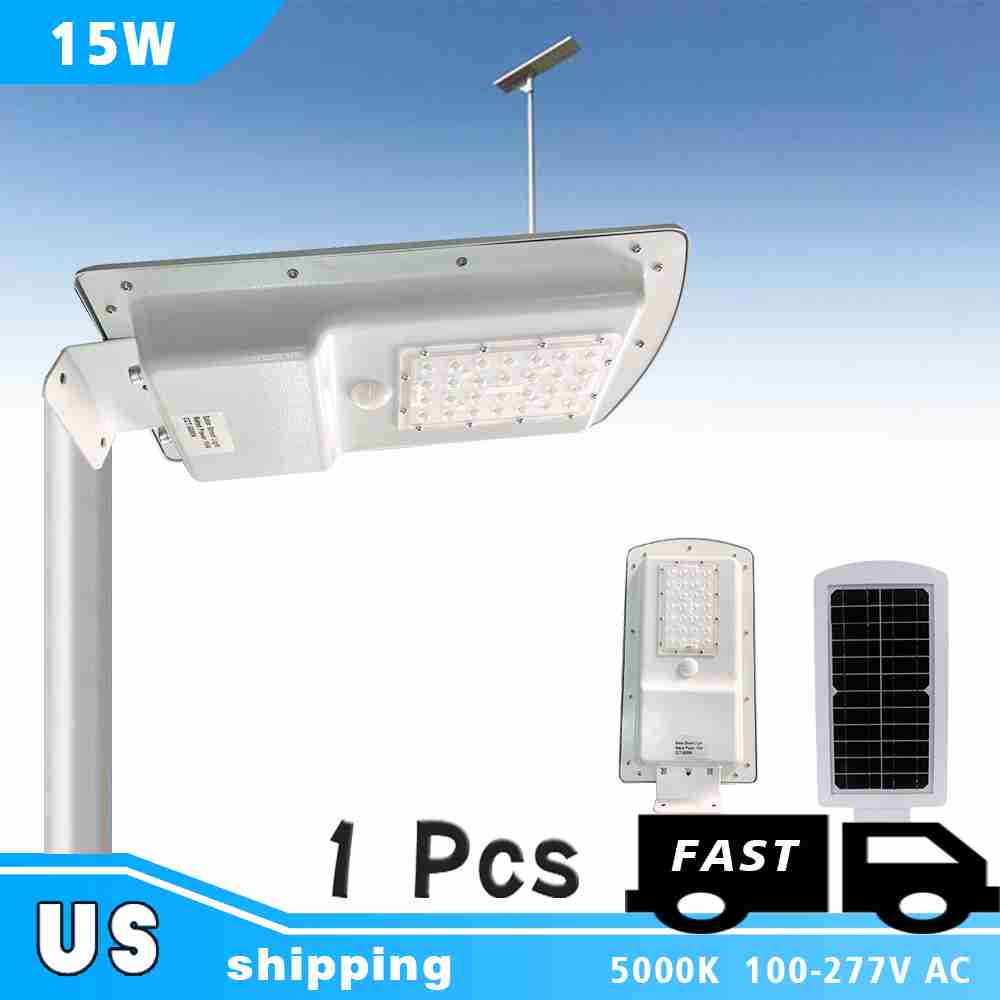
List of Key Differences Between Solar Streets Lights Vs. Traditional Streets Lights
#1)Impact on the Environment
Solar-driven street lights have no pernicious impacts whatsoever on the environment. The use of solar energy to drive street lights is extremely innocuous and, in fact, far better than the use of traditional street lights driven by electricity which is generated from non-replenishable sources. Moreover, the use of these non-replenishable sources to drive traditional street lights also leads to the production of carbon dioxide as a by-product which is anything but good for the ecological balance.
Solar street lights pose no threat to the environment and its people. No fire can be ignited due to a lack of electrical wirings. In addition to that, accidents such as strangulation, overheating, and electrocution will never take place as well. They give off a lower quantity of carbon footprint than that of the traditional lights; thereby, making them eco-friendly.
On the contrary, traditional lights generate illumination merely from electricity which gets disrupted every occurrence of grid failure. The main advantage of solar street lights is it uses renewable energy from the sun, whereas traditional lights rely on electricity generated from nonrenewable fossil fuels and limited by power outages.
#2)Visibility and Illumination
Most modern solar-powered street lights are affixed with LED lights or built-in with LEDs. LEDs can be coloured in order to reach the desired CRI, making them resemble sunlight as closely as possible and increasing night-time visibility as a result of the process. Traditional street lights usually have metal halide lamps which are nowhere close to beating the visibility offered by solar-LED street lights.
#3)Cost of Solar Street Light and Traditional Light
As far as price is concerned, traditional street lights are a lot cheaper than their solar counterparts. However solar street lights turn out to be a better investment at a cheaper cost if the total money shelled out is considered—from money spent on installation and maintenance to the lamp or light replacements. Solar street lights require little or no maintenance. Also, unlike traditional street lights, solar lights do not require electric poles to be set up explicitly, which is a tardy and expensive procedure.In case of new installations in remote locations, traditional street lights require wiring and underground trenching to connect to grid lines creating enormous additional costs, whereas solar powered LED street lights are much easier to install. You just need to build concrete foundation and to install solar pole. Overall for one solar pole duration of installation is less than one hour. To give you an example about the installation and labor cost of traditional street light, one feet of cabling and trenching costs range from 25USD to 50 USD. Depending on the location of the transformer, you would need at least 30 feet of cabling and trenching for your project. These operations create additional cost but also it is very time consuming which can postpone your project and create other problems.
#4)The lifespan of the Lights
Conventional street lights can last only for around 5,000 hours. The total life a solar street light using an LED lamp is as many as around ten times the lifespan of traditional street lights.Traditional lights last for approximately an average of 5,000 to 8000 hours or less than a year of usage whereas solar LED lights can live for 5 to 7 years. This notion always puts solar-powered lights ahead of the conventional lights.
The above comparison is enough to indicate which of the two types of street lights are better—it is solar street lights all the way! Most modern solar street lights come integrated with LED lights. The explosively-useful combination of LEDs and solar street lights incorporates the advantages of both the leading technologies of today—namely solar energy and LEDs. Today, lights with smart technology are in demand. There is no doubt that they can provide more than what is needed by users. Solar street lights also encourage activities such as walking, cycling, going to parks, etc.
#5)Dependability
Solar driven lights keep the streets illuminated all through the night irrespective of power cuts or grid failures. Traditional street lights very often stop functioning in the event of a grid failure.
#6)Weather-Proof Lights
Lastly, one of the major concerns in choosing a street light is its durability. How can it stand still amidst the storm? Solar street lamps are weather-proof and water-proof. It’s not a problem if they do not receive sunlight for a few days, they can utilize the rest of the stored solar energy converted into electrical energy.
Traditional street lights, on the other hand, are not primarily designed to completely stand extreme weather conditions. Although some have a feature that can withstand varying kinds of weather, others are easily damaged by constant typhoons.
#7)The Impact of Lighting Upgrades on the Climate
LED lights are known for reducing the effects of climate change, but they can help in other ways as well. Cities can enjoy lower energy bills because LEDs use less electricity.
Because LEDs provide a better quality of light, residents also enjoy better visibility. Brighter streets can deter crimes and reduce the frequency of car accidents. Plus, investing in LEDs improves the city’s infrastructure, which can encourage commercial investments.
In an extensive study by the United States Energy Department, LED lights impacted the following environmental factors significantly less than oIn an extensive study by the United States Energy Department, LED lights impacted the following environmental factors significantly less than other lighting types.
Stratospheric ozone depletion.
Freshwater aquatic ecotoxicity.
Eutrophication.
Ecosystem damage.
Abiotic resource depletion.
Radioactive waste landfills.
Global warming.
Photochemical oxidation.
Human toxicity.
Marine aquatic ecotoxicity.
Land use.
Terrestrial ecotoxicity.
Non-hazardous waste landfills.
Hazardous waste landfills.
Acidification.
LEDs can do more than just save energy. Because they last significantly longer than incandescent bulbs, they cause less waste. These lights also lead to less hazardous and non-hazardous waste. Plus, LEDs can deter crime by providing more visibility in urban areas.ther lighting types.
Final Words About Solar Streets Lights Vs. Traditional Lights
The above comparison is enough to indicate which of the two types of street lights are better—it is solar street lights all the way! Most modern solar street lights come integrated with LED lights. The explosively-useful combination of LEDs and solar street lights incorporates the advantages of both the leading technologies of today—namely solar energy and LEDs. For those looking to buy solar street lights online, there are plenty of options available; brands such as King Sun, Fonix, Alien Energy, Best Solar, and Mainframe are pioneers in the field and manufacture some of the best solar street lights available today.
There are two primary types of solar street light systems: off-grid and grid-tied. Off grid solar lights use no power from the grid and produce their own self-sustaining power on each pole, allowing for a zero electric bill for the life span of the system. Grid tied solar light systems feed power from the solar panels to the grid during the day, then use the grid power at night. These systems are typically sized for NET Zero system design, meaning they produce enough power during the day to offset the electrical usage of the lights at night. Both system designs for solar street lights take into consideration multiple facets of a project; available sun, required lighting levels, spacing, wattage of fixture, and backup power (off grid only).
For years, traditional street lights do not take into consideration any of these requirements. Typically a 250-400 Watt metal halide lamp is used inside a traditional Cobrahead fixture. Spacing, light levels and even power consumption are not taken into consideration. As we advance in our technology and awareness of climate change and power conservation, things are starting to shift. Now, with new pole installations, even traditional street lights are starting to take into consideration more of what the solar lighting industry has been for decades.
Traditional old style street lights are slowly being switched out for newer LED fixtures, which require much less maintenance and provide better efficiency of used power. Much lower wattages are now being able to easily replace the old style fixtures. Also, with new LED technology, optics are able to be used to provide task specific lighting on the ground instead of old style refractors that just blast the light in all directions.
What does all this mean in comparison? If you are dealing with grid-tied electrical lights, the most feasible solution to offset or lower your power consumption is to switch to LED fixtures and to even install solar panels to feed the grid during the day. If you are dealing with a new project or an area where grid power doesn’t already exist and / or is difficult to bring in, off grid solar lighting systems is the way to go.
Different types of fixtures have been traditionally used; however, with LEDs becoming more wide spread in various fixtures, the allowance of more decorative style fixtures are now available with solar lighting applications. The LEDs are typically powered between 20 and 50 Watts and put out the same light levels as traditional high powered fixtures. The LEDs produce better light levels and allow for better visibility than before, while the long life extends the maintenance requirements.
In the end, knowing what your requirements are, understanding the cost differences between going solar, NET Zero or installing traditional electrical lights will help determine what the best course of action is. Using LED fixtures in all new installations will ensure that the lowest power consumption is being used while the best light levels are being achieved. It is amazing how far the technology has advanced over the last couple of decades, I can’t wait to see where it is in the next 10 to 20 years.
What is the future of LED Lighting?
In short, bright!
LEDs are really still in their child phase as far as a lighting technology. They have the ability to be smaller, cheaper, more dynamic, more efficient and possibly brighter than pretty much any other lighting technology. Over the past decade, LED technologies have swept the lighting industry and will continue to take over from old inefficient sodium lamps.
Summary
The kind of streetlights one should select is based on the concrete requirements of projects and one’s budgets. Switching to LED fixtures will lower the power consumption and system loads. We should also expect the technology of the graphene battery, which could be the revolutionary energy storage technology in the future. Also, we think the graphene battery technology will benefit solar lighting dramatically as LED technology since a powerful battery will ensure longer days of autonomy at the same battery size level.
We have over 15 years of commercial lighting R&D experience, 50+ LED lights patents, 200+ LED Lights Certifications, Support OEM & ODM, 3/5 Years Warranty.Our products Explosion Proof LED Lights,Temporary Work Lights , LED Dock Lights , LED Vapor Lights, LED Light Towers, LED Balloon Lights, UFO LED High Bay Lights, Adjustable Wattage Colour Light, Linear LED High Bay Lights, LED Gas Station Lights, LED Canopy Lights, Stop Signs, LED Street Lights, LED Flood Lights, LED Post Top Lights, Fishing Lights, LED Wall Pack Lights, Swimming Pool Lights, LED Shoebox Lights, LED Road Stud Lights, LED Garden Lights, LED Bollard Lights, LED Parking Lot Lights, LED Skylights, LED Exit Signs, LED Badminton Hall Lights, LED Grow Lights, LED Linear Lights, LED Selfie Lights, LED Classroom Lights, LED Ceiling Fans, LED Ceiling Lights, Solar Street Lights, Solar Post Top Lights, Solar Explosion Proof Lights, Solar Wall Pack, Solar Road Studs , Solar Flood Lights, Solar LED Bollard Lights , Solar LED Garden Lights, Solar Smart Benchs , Solar Warning Lights, Solar panels, LED Corn Light Bulbs, LED Modules Kits, Power Conversion Kits, Garden Light Retrofit Kits, Stubby Light retrofit Kit bulb, High bay Retrofit kits, LED Retrofit kits, Magnetic Retrofit Kits, Neon Signs, Motif Lights, Christmas lights, Neon LED Lights, Neon Strip Lights, Commercial LED Projectors, Light up UAV, Solar panel Kits etc,which can be widely used in commercial, industrial, residential, and other different occasions.Our factory has an experienced and skilled R&D team, dedicated to constantly innovate, improve product performance and quality. We also have a complete production line, from design, manufacturing to testing, every link goes through strict quality control, to ensure that each product can meet the needs and expectations of customers.We pay attention to customer experience, provide personalized services, and customize the most suitable lighting solutions according to customers' needs and requirements. We also provide comprehensive after-sales service, providing technical support and maintenance services to make customers' experience more smooth and satisfactory.BBIER® adheres to the principle of "quality first, customer first", and is committed to providing customers with high-quality products and services, becoming a trusted partner of customers. We will continue to innovate and improve, bring more value and contribution to customers.
50+ LED Lights Patents
200+ LED Lights Certifications
Support OEM & ODM
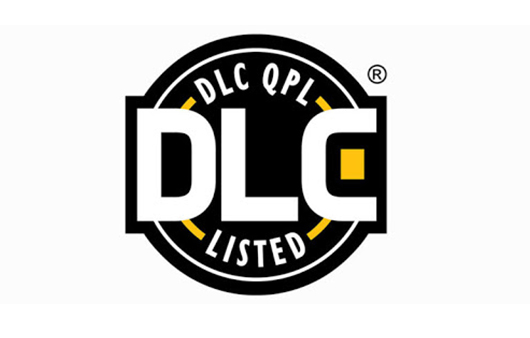
DLC
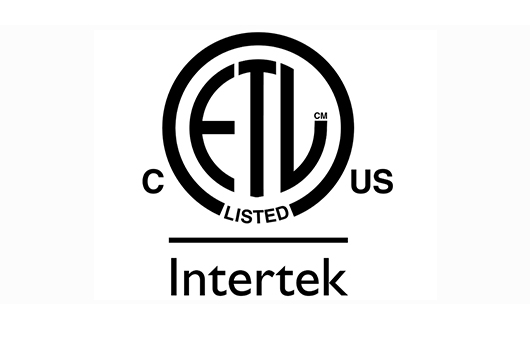
ETL

ISO
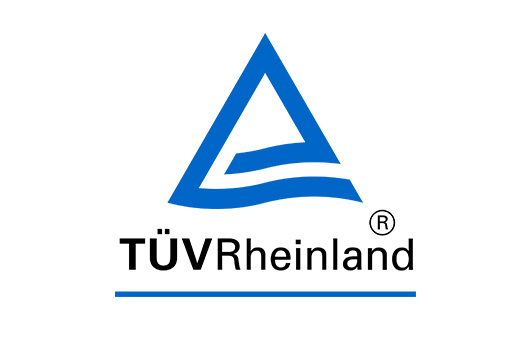
TUV
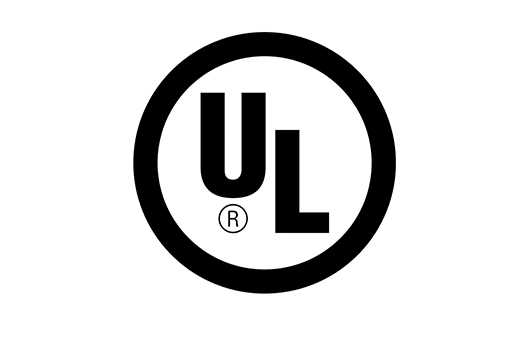
UL
WhatsApp:
Tel:
Email: info@bbier.com
Headquarter: No.4/F Bldg 5, 37 Kengwei Ave., Shiyan Town, Bao'an Dist., Shenzhen 518108, China
USA California Warehouse: 42410 Winchester Rd., Temecula, CA 92590




